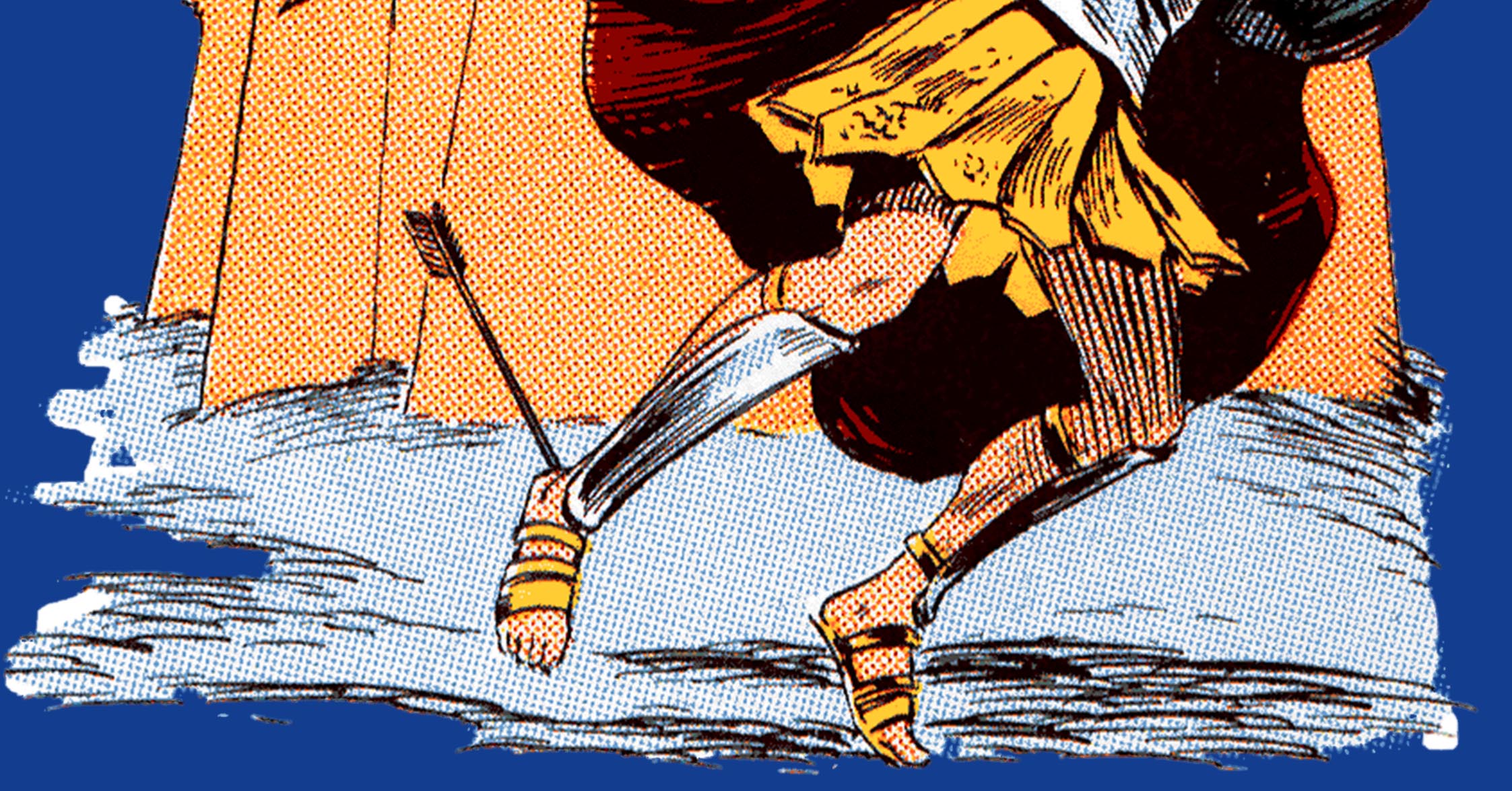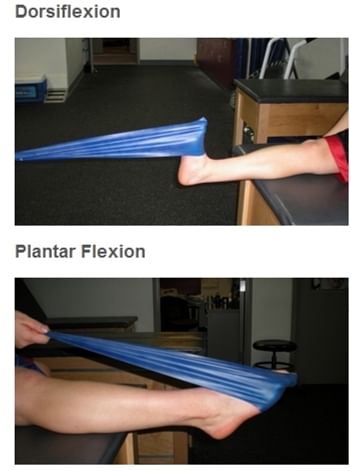
Originally published on 31 Jul, 2013 on Sportskeeda.
It's very liberating to step inside a basketball court. All worries are forgotten, living in the moment, it's like a virtual reality world where different rules apply and for those forty minutes, you fly around carefree. Almost carefree, except for one bit of concern that hangs in the back of the mind at all times. The concern of avoiding an injury.
There is nothing quite like looking down and seeing that huge bump on your ankle where previously no bump presented itself. The ankle is by far the most vulnerable part of the body in basketball. And perhaps also in football. Regardless of how careful you are, there’s always a chance that a misjudged landing will land you in bed rest for a month with your leg in a cast.
Landing sideways, landing on someone’s foot, pushing off your foot the wrong way, there are innumerable ways to hurt your ankle while balling. I’ve sprained my ankles multiple times before going out of my way to take steps for strengthening that joint. Here are some tips which can help you avoid an ankle sprain-
1. Land correctly
While landing, clench the muscles in your feet and ankles tightly. While this will reduce the explosiveness with which you can bounce back on that step, it will reduce the chances of you turning your ankle on landing. One of the most common cause of ankle sprains is landing on the foot of another player and turning your foot. When jumping for a rebound, try to protect your space by sticking your arms out withing the rules. A light bump to the nearest player before jumping won’t hurt.
2. Wear an ankle brace
After the six or so ankle sprains I’ve been through, I usually play with a crab bandage on my right foot when I’m playing competitively. You can simply wear an ankle brace for adequate safety.
3. Be aware
Most ankle sprains happen when you turn your foot inward, i.e the bottom of your foot facing inward. Keeping that fact in mind alone can go a little way towards preventing it. If you’re conscious of the fact that landing in a weird way can turn your ankle all the way, you will subconsciously begin to move in a way to reduce the risk of twisting the ankle.
4. Use a theraband
Applying force against a force can help in recruiting muscles and strengthening the ligaments. There are four basic ways to use a theraband- inversion, eversion, dorsiflexion and plantar flexion.
Inversion refers to turning your foot inward, have a theraband hooked to your foot from the outside and turn your foot against that force.
Eversion involves doing the same the other way, i.e. to the outside of your foot with the theraband, providing resistance against your movement.
Dorsiflexion involves pulling your foot towards yourself, i.e. having the toes point towards your body. And Plantar flexion involves pushing your foot down away from your body.

5. Proprioception training
This means improving the body’s awareness of its own position. You can improve this by balancing on one foot, balancing with your eyes closed, balancing while bouncing a ball off a wall. I use a skateboard and stand on the rear/front two wheels to improve balance, by doing a manual. It works wonders.
6. Strengthen your legs
Do squats, lunges, etc and do them both with one leg. Try to improve the strength of your leg muscles as much as you can.
7. Wear the right shoes
Shoes which aren’t too loose, which have a wide toe box and a well cushioned sole. Mostly get shoes with high or medium top.
If you end up spraining your ankle, go see a doctor. But before you do, try to follow these steps:
- keep weight off your hurt foot. There’s no need to walk on it and make the injury worse.
- RICE- Rest, ice, compression and elevation. Apply ice in copious amounts and elevate your foot to reduce swelling. But don’t use ice for more than 20 minutes.
- do not use anything warm initially, at least not before talking to a doctor. Making the injured spot warm will only increase the swelling.
If you take the necessary precautions, you can keep your ankle safe regardless of how violently you twist it. The muscles will be strong enough to not give way completely and will prevent a major sprain/fracture.
Warning: Undefined array key "preview" in /home/dh_gq5vzm/sidbreakball.com/wp-content/plugins/oxygen/component-framework/components/classes/comment-form.class.php on line 79